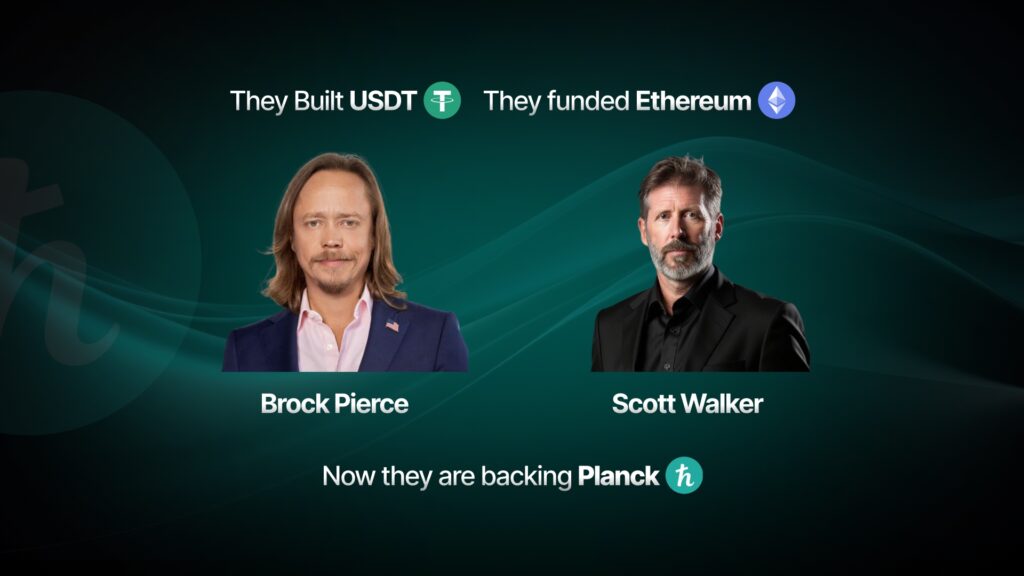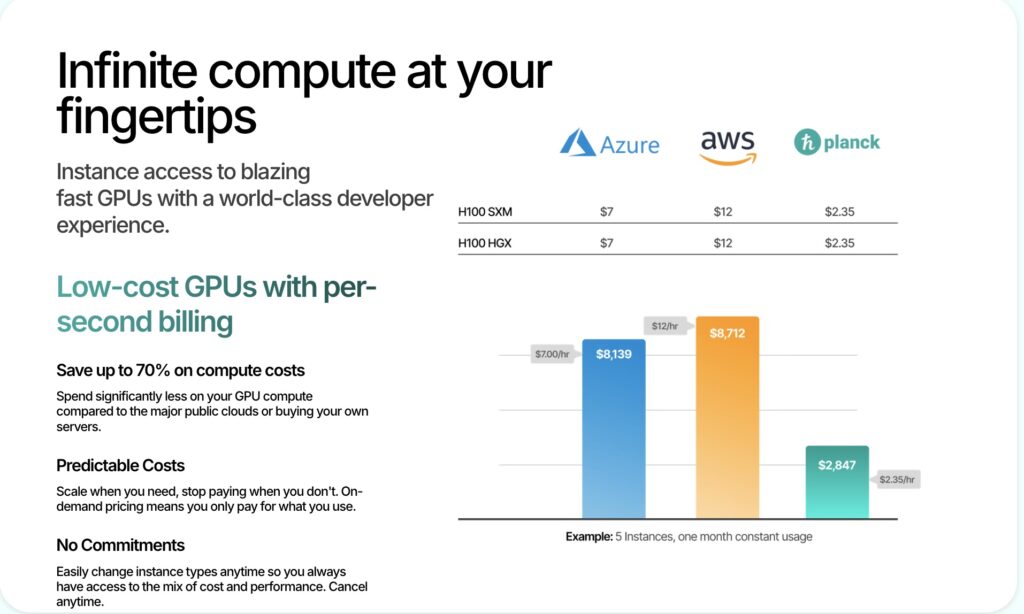“Planck is what real-world infrastructure looks like. You’re building the rails.”
— Brock Pierce, Co-founder of Tether and EOS

A New Layer of Reality: AI + DePIN Meets Modular Blockchain
In a world racing to decentralize intelligence and infrastructure, one project is quietly laying the rails beneath it all—Planck Network. With its recent strategic investment from DNA Fund, led by blockchain legends Brock Pierce and Scott Walker, Planck isn’t just another AI play. It’s the backbone of a decentralized AI economy.
The DNA Fund bet is notable. Pierce and Walker helped launch the world’s first stablecoin (USDT), raised billions for EOS, and backed Ethereum before it gained mainstream adoption. Their track record in shaping the Web3 foundation is unmatched. Now, they’re aligning with Planck.
And they’re not alone.
Planck has already deployed over $60 million worth of GPU infrastructure across global Tier 3 and Tier 4 data centers. The network is live. Revenue-generating. And ready to scale.
The Tech Stack: Purpose-Built for Decentralized Compute
Planck is creating a modular infrastructure stack that blurs the lines between blockchain, AI, and cloud computing:
- Planck₀ – A modular Layer 0 for launching AI-native L1s and DePIN networks
- Planck₁ – A GPU-native Layer 1 that enables decentralized AI execution
- GPU Console – Bare-metal H100/H200 cloud clusters ready in minutes
- AI Studio – A no-code interface to train, fine-tune, and deploy models on-chain
It’s not theoretical. Planck delivers load balancing, auto-scaling, high availability, and Kubernetes support—but at 90% less cost than AWS or GCP.
AI + DePIN Meets Modular is Web3 infrastructure, not vaporware.

Strong Metrics, Real Adoption
Planck is already generating results:
- $1M+ in revenue
- 116,000+ wallets onboarded
- GPU infrastructure is live and operating globally
- Fiat payments from clients used to buy back and burn PLANCK tokens
That last point? It’s big. Planck’s dual-token model creates a natural demand cycle—aligning network usage with token value. It’s tokenomics done right.
Brock Pierce, Again at the Edge of a Frontier
DNA join Planck Netwrok isn’t Brock’s first bet on paradigm-shifting infrastructure. In our previous report, Blockchain and Crypto: The New Financial Engine, we examined how Pierce has consistently supported projects that define new categories—from stablecoins to Layer 1s.
With Planck, he’s signaling where the next big disruption lies: AI-native blockchains powered by decentralized physical infrastructure.
What’s Next?
Planck’s roadmap is aggressive:
- Planck₀ launches by the end of 2025
- Planck₁ follows in early 2026
- The first wave of sovereign AI chains onboard
- Co-staking for token holders alongside GPU operators
Enterprise AI, DePIN, and sovereign compute ecosystems are all converging.
A Plank network is not another cloud project or token network. It’s the infrastructure layer for decentralized intelligence.
Final Take
While the market chases AI narratives, Planck is quietly shipping AI rails. Backed by capital, credibility, and computing, it is poised to become the AWS of decentralized AI—only cheaper, modular, and owned by its users.
Brock Pierce once called Bitcoin the new frontier.
Planck might be the terrain it’s built on.
